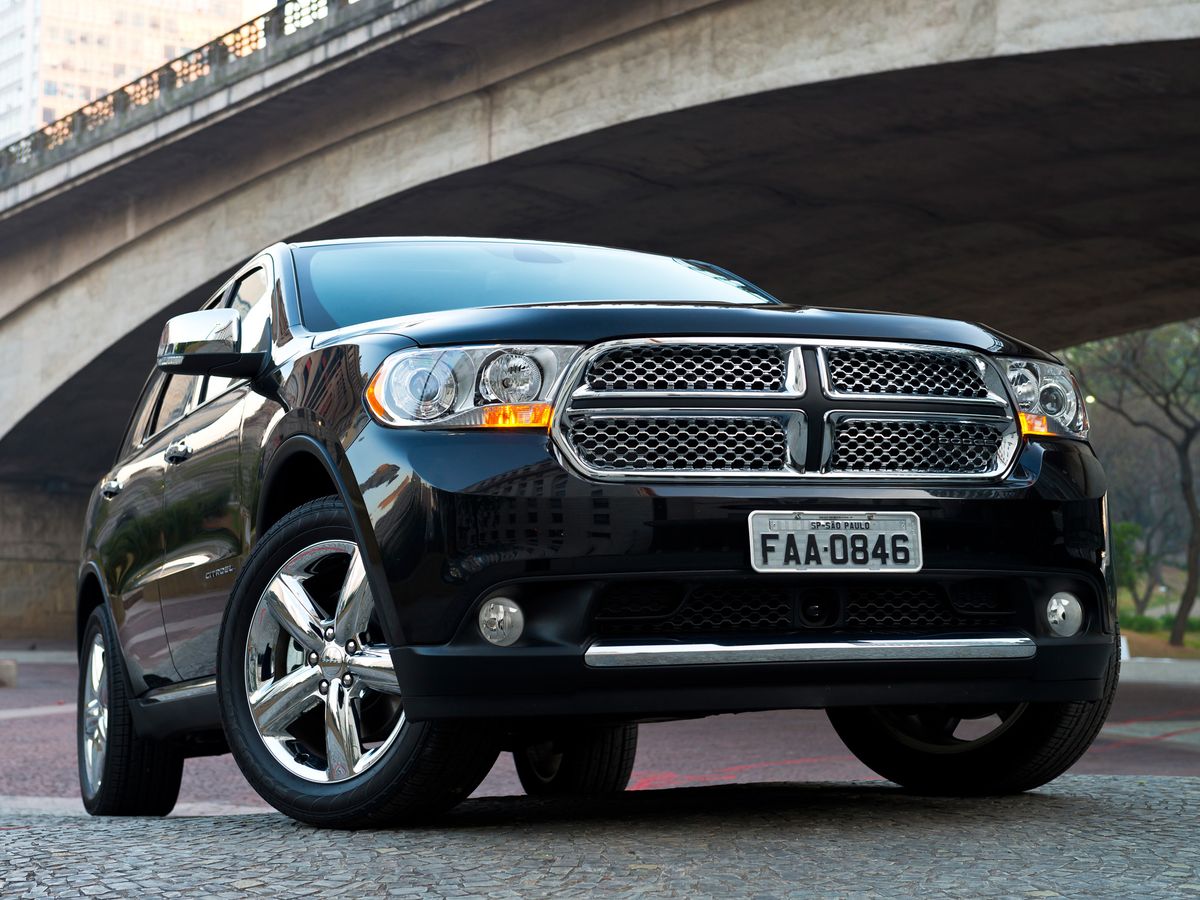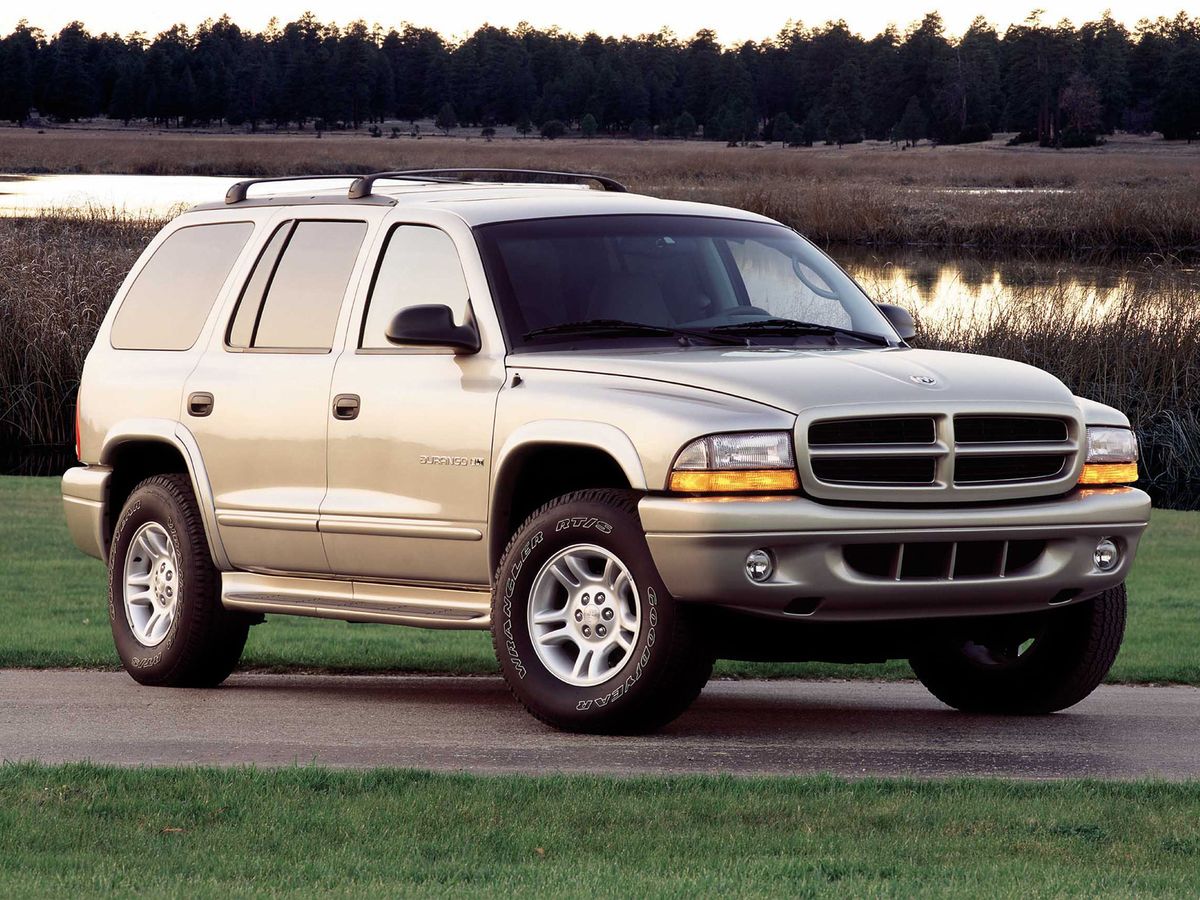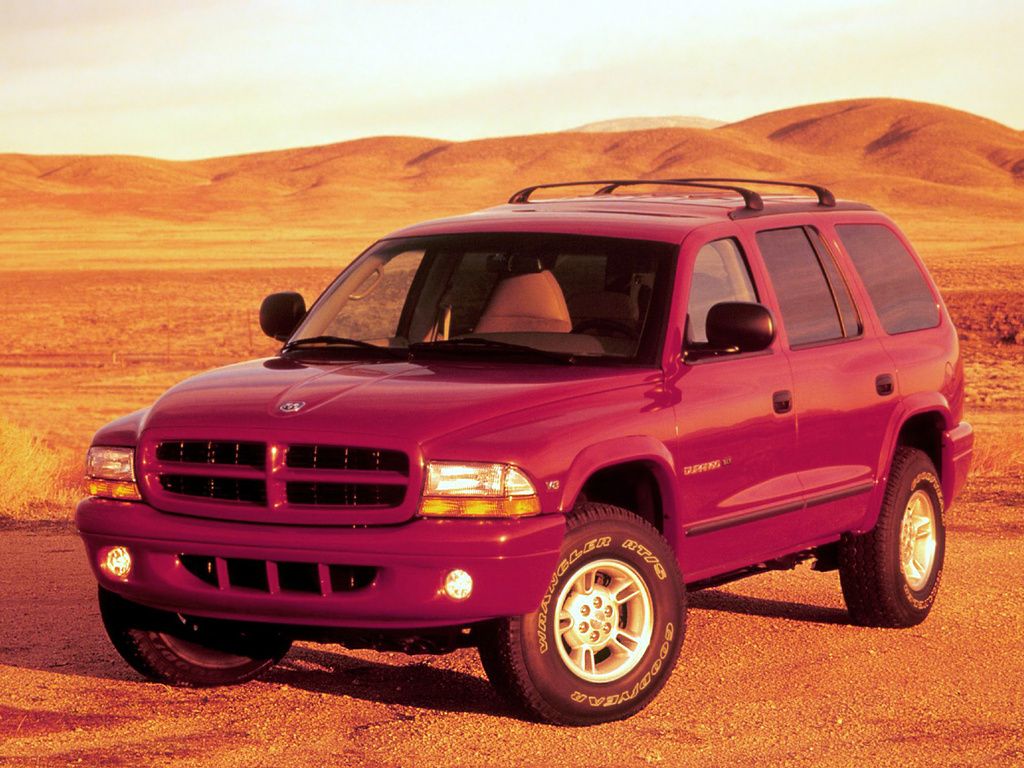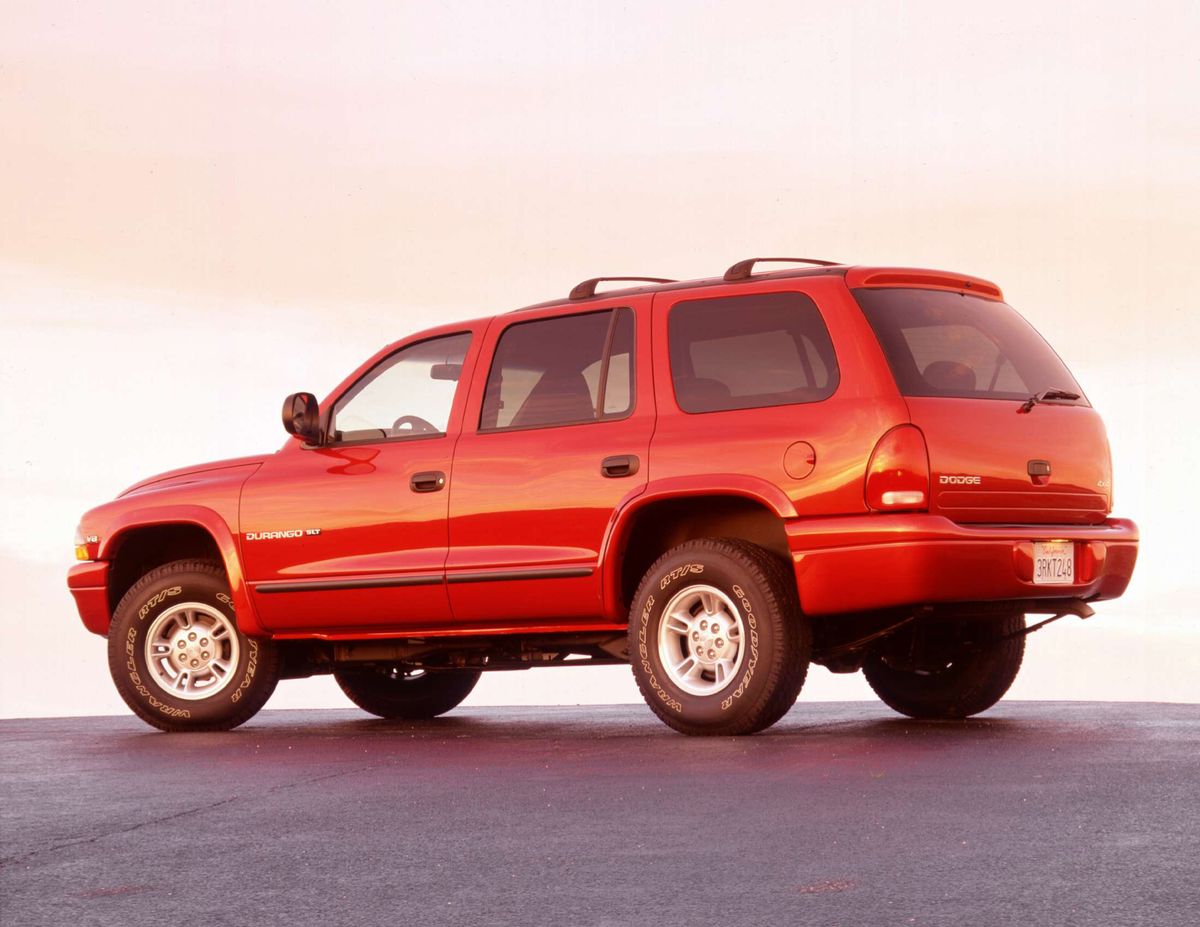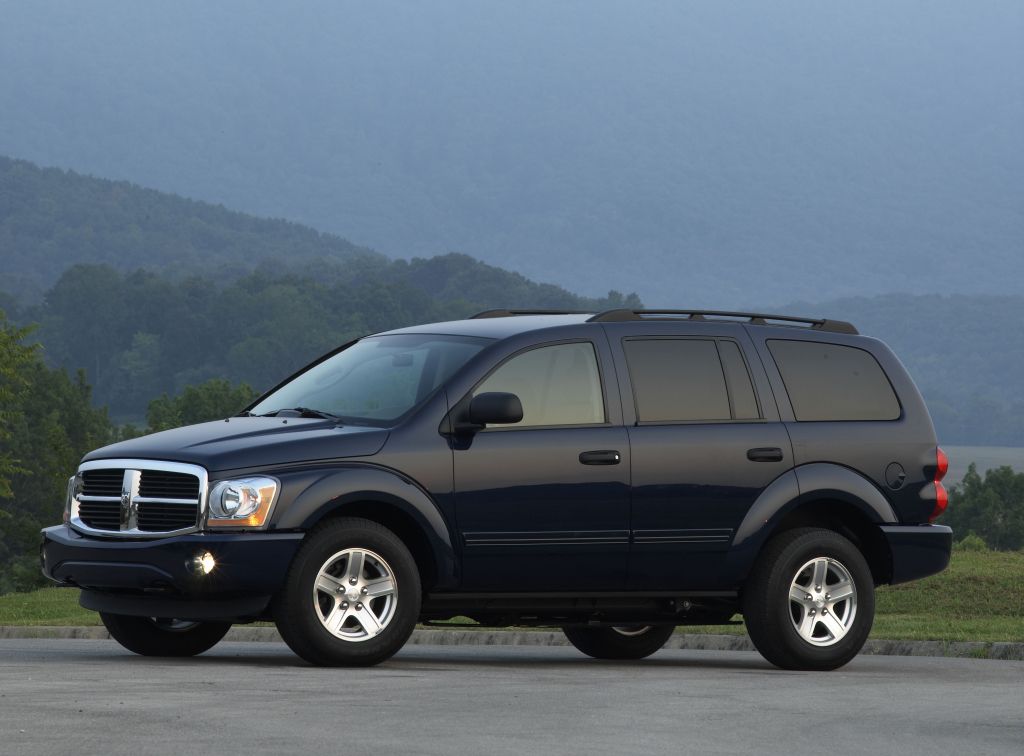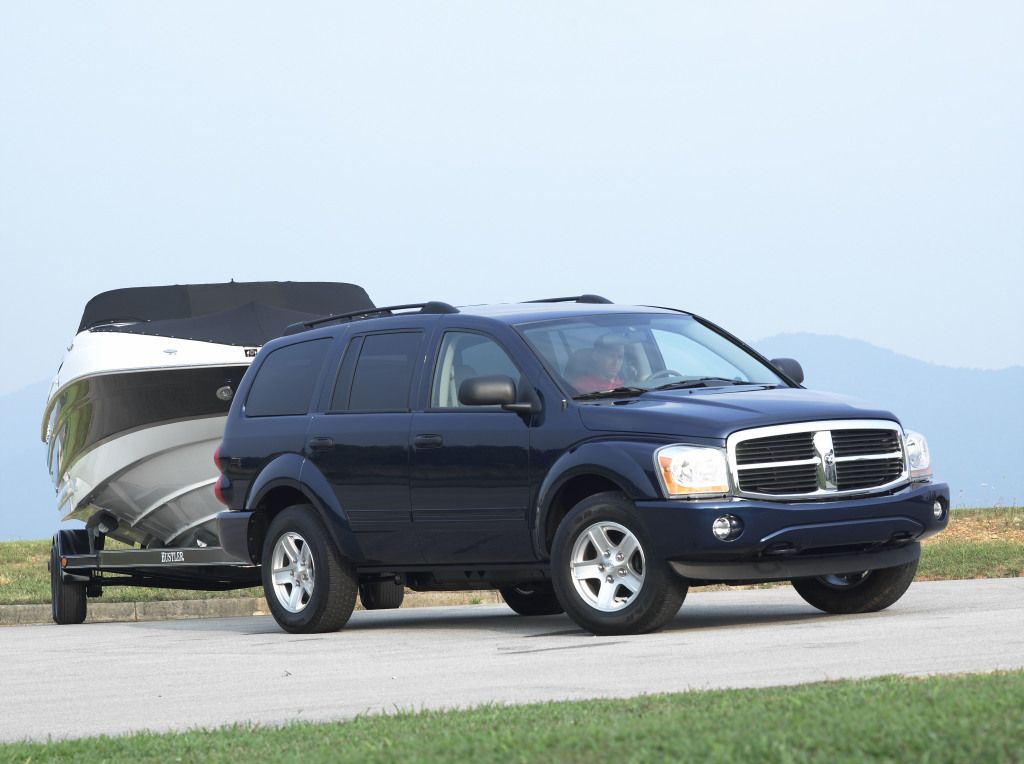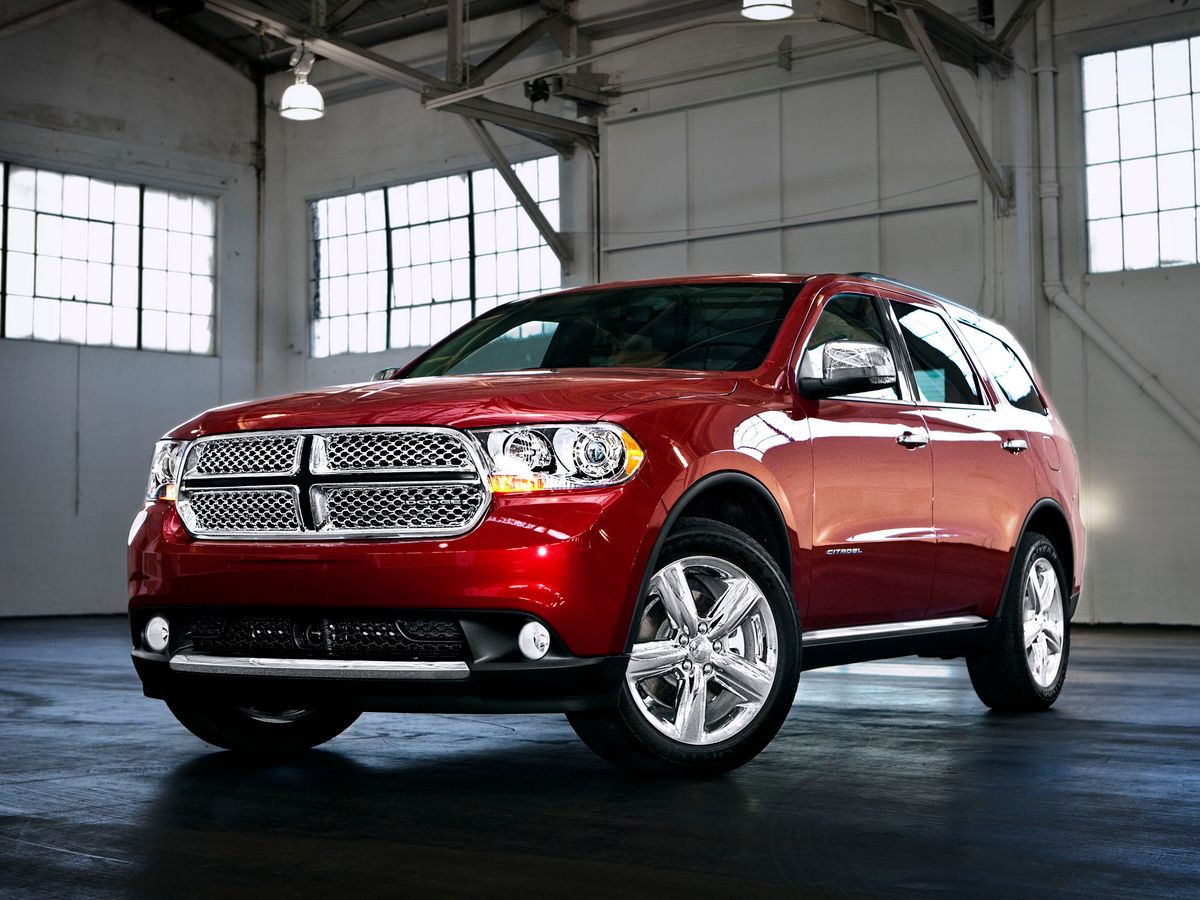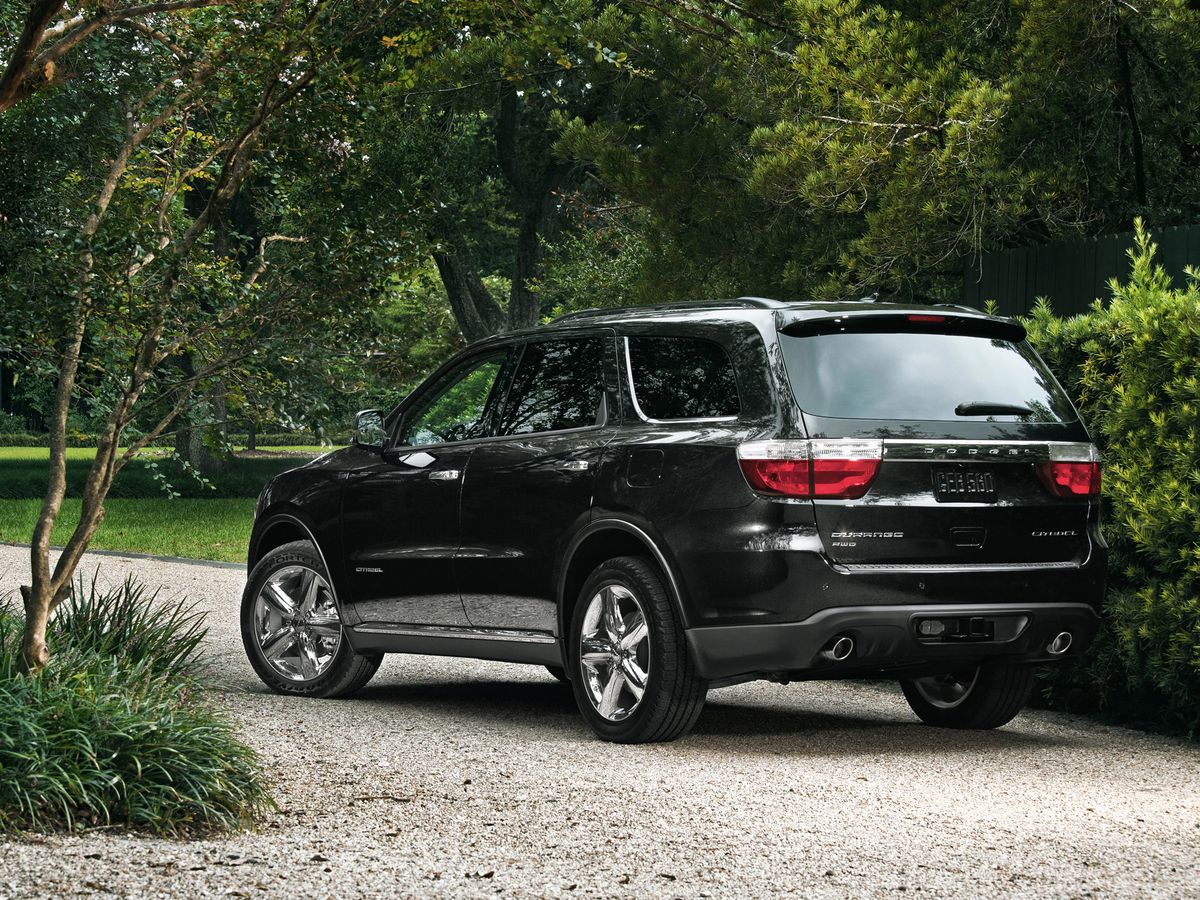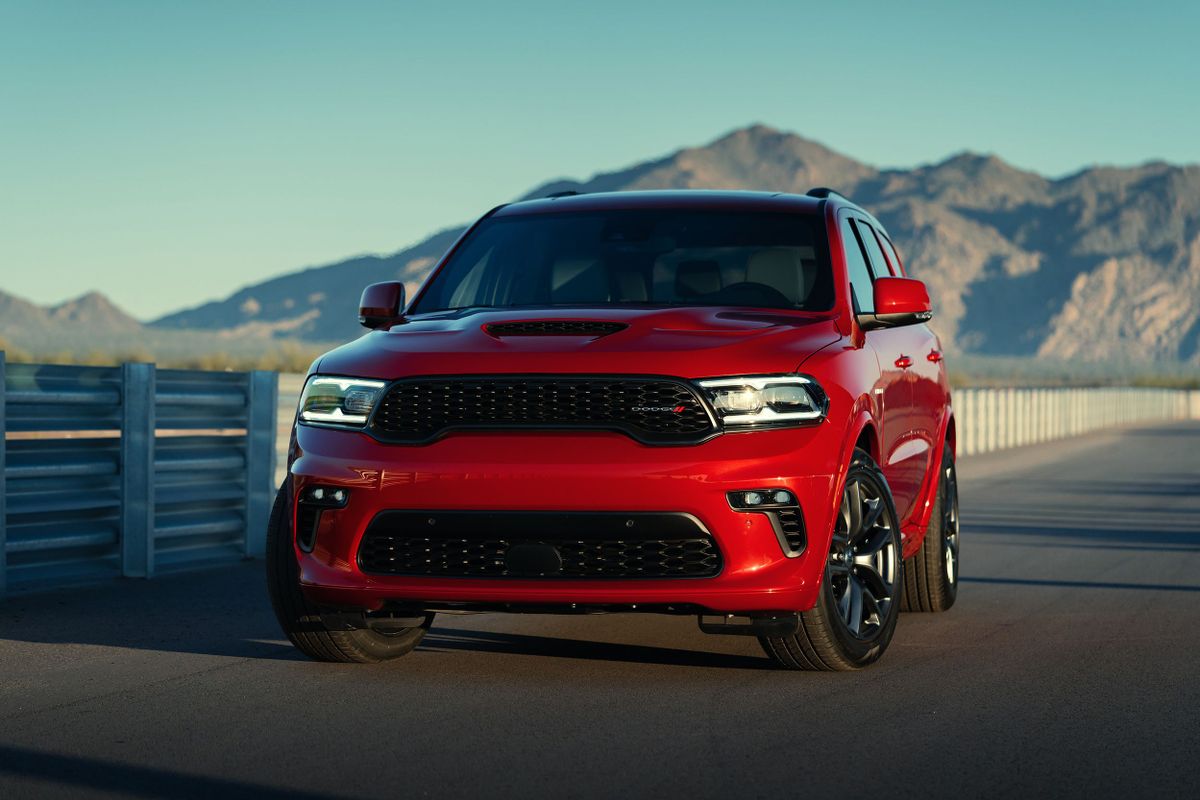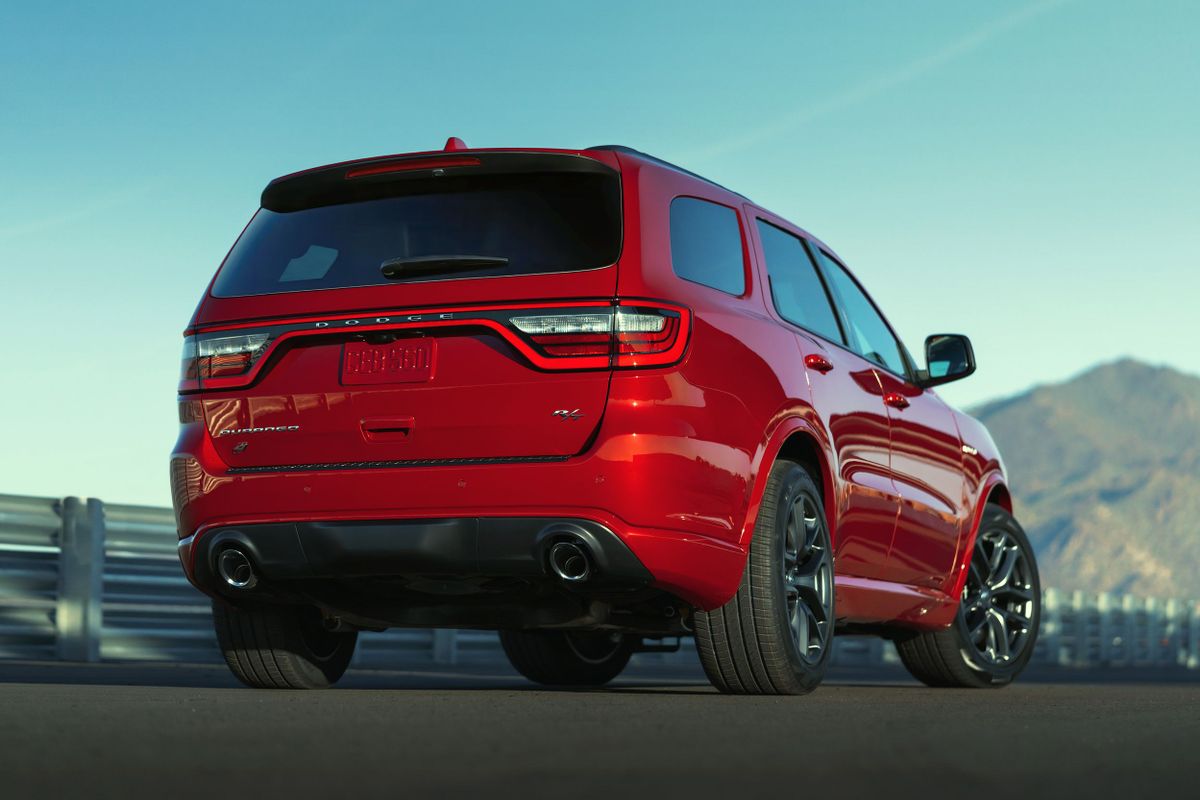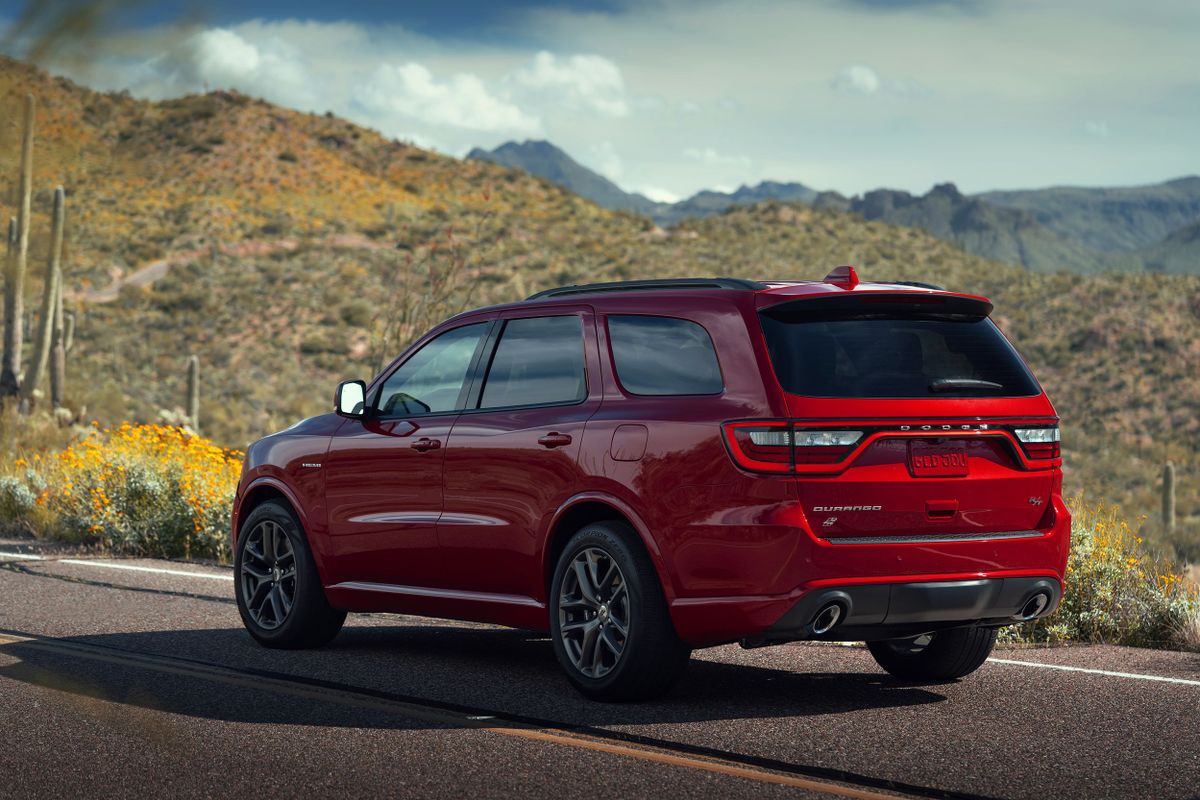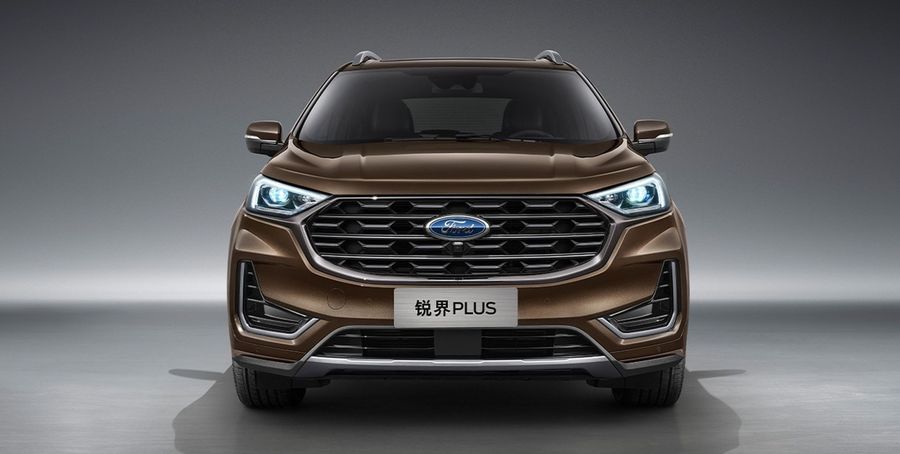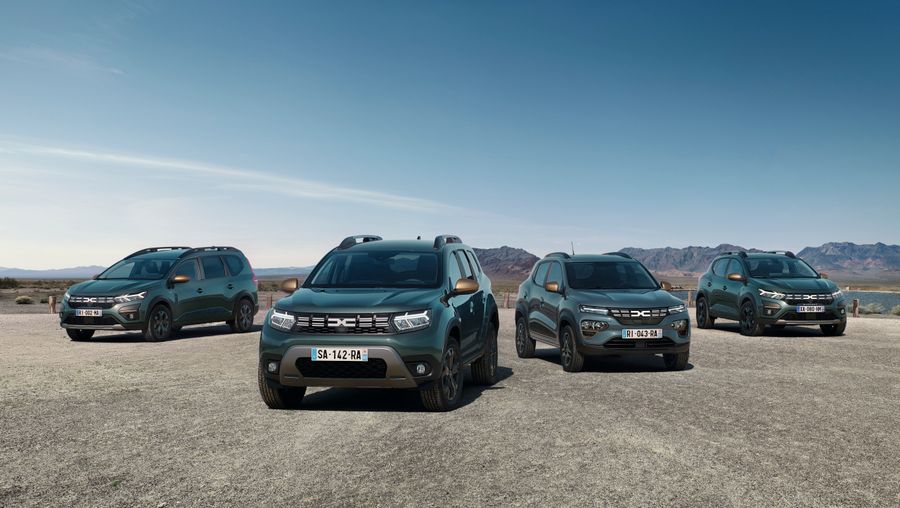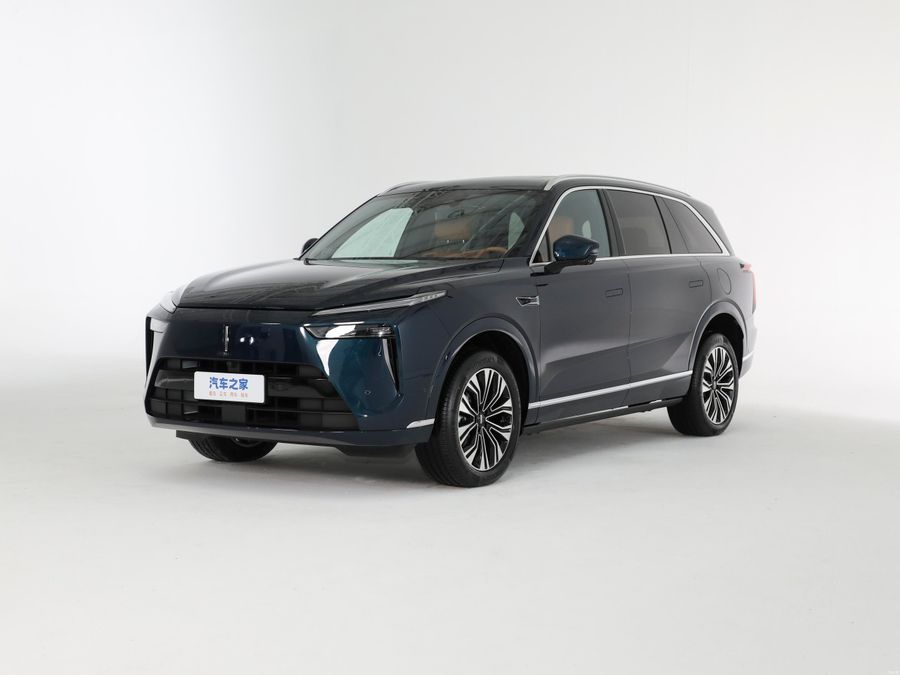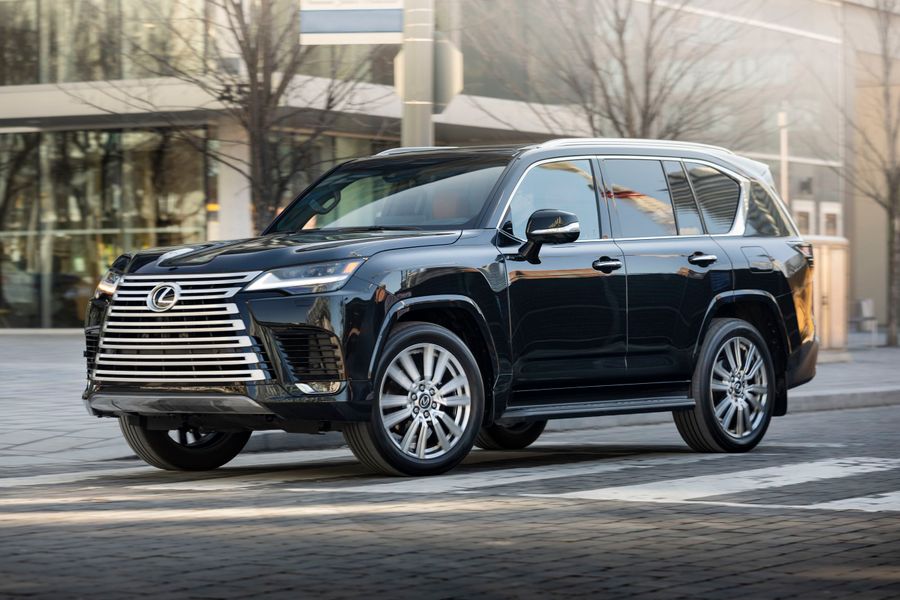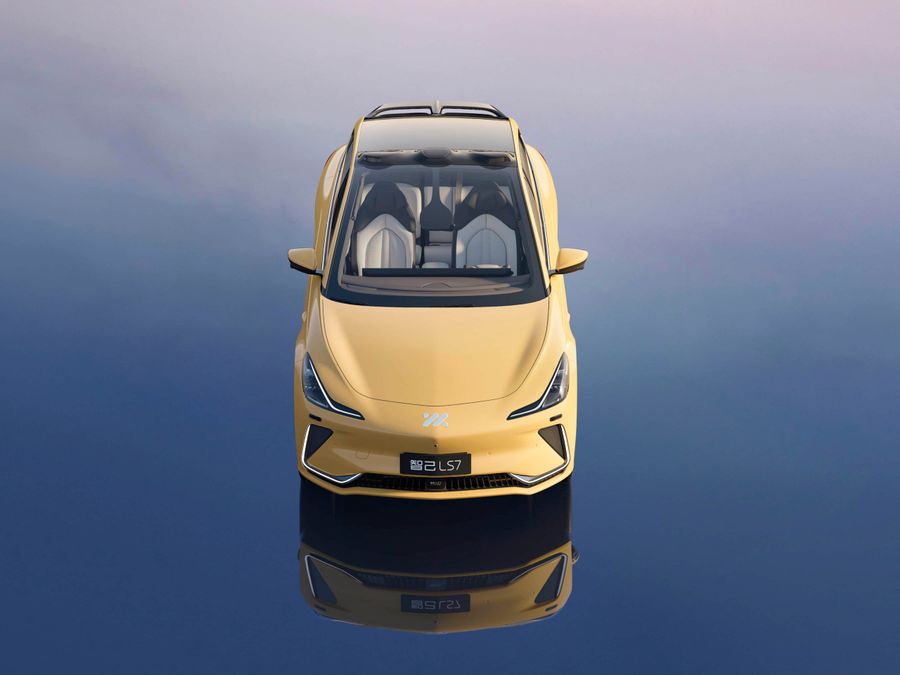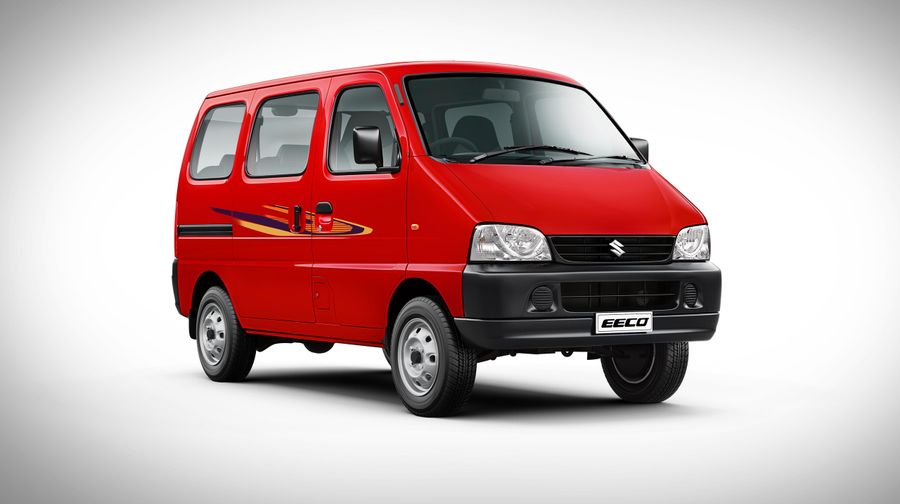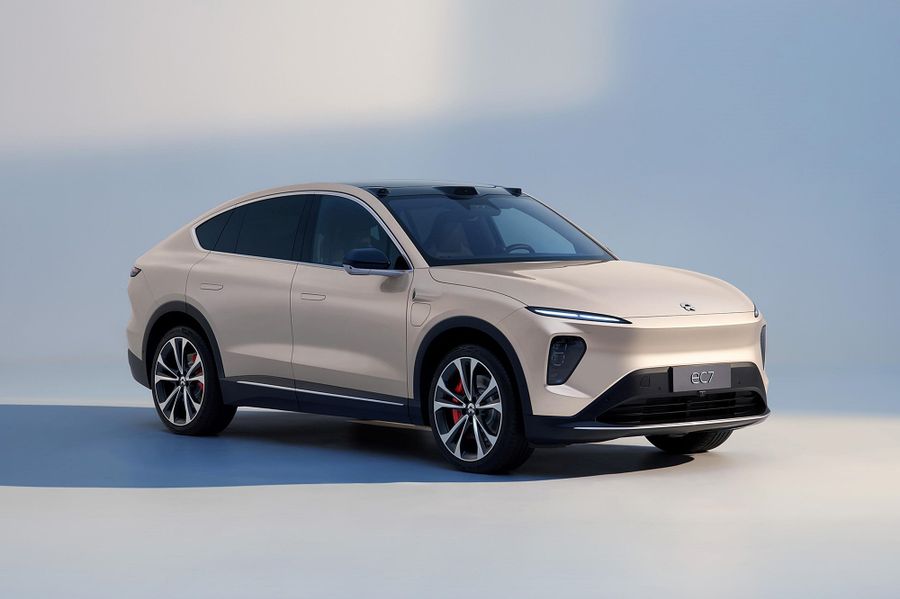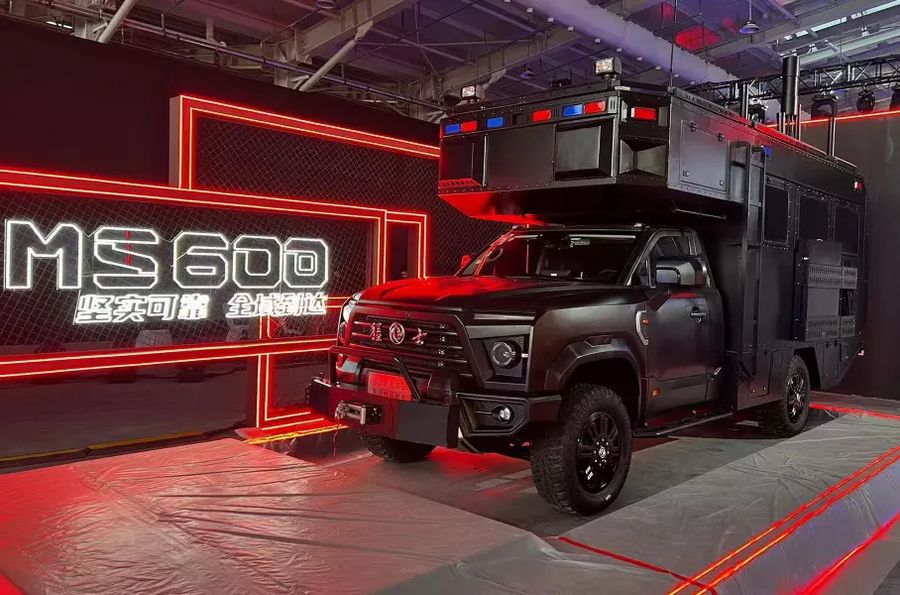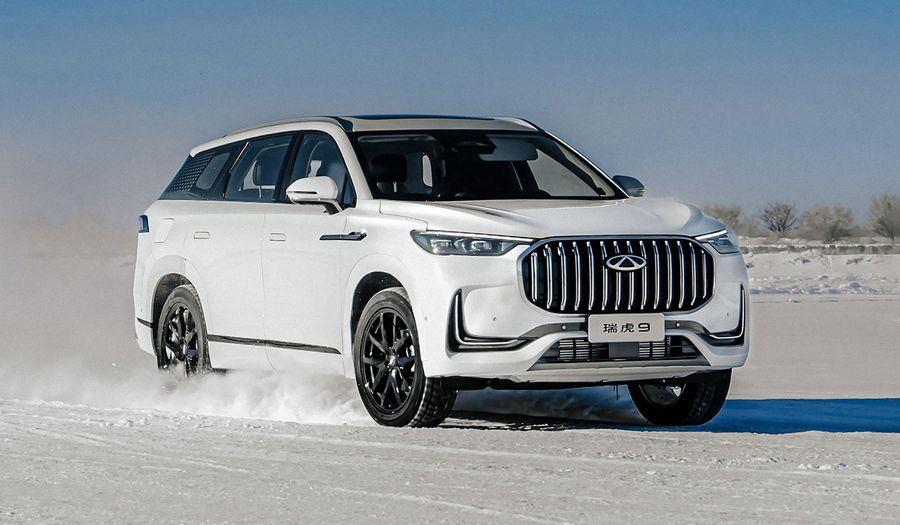
SUV for all occasions
The Dodge Durango is a full-size SUV manufactured by the American company Dodge since 1997. The Durango was initially a very successful promising project, and therefore was subjected to numerous improvements and switching from one platform to another, constantly making its class higher and higher, and so it gradually turned from a formally medium-sized SUV into a full-size SUV for all occasions.
The first generation
It was produced from 1997 to 2003. The first Dodge Durango was based on the same platform as the popular Dodge Dakota pickup. The company envisioned the Durango as a mid-range SUV, although it could sit up to eight passengers, which is more than large SUVs can offer even today. The design was generally standard for an SUV, nothing special. It had a roof elevated at the rear, which made it possible to place the third row. At the same time, the first Durango was a powerful, sturdy SUV, equipped with a 5.2-liter 8-cylinder Magnum engine producing 230 hp, capable of towing more than 4 tons of cargo. And the color of the first Durango was exclusively blue.
In the same year, Dodge kept its tradition and released the R / T version with all-wheel drive and a 5.9-liter Magnum engine producing 245 hp. A year later, the company released a weaker version for more practical owners, with all-wheel drive and a 3.9-liter 6-cylinder Magnum engine. The engines worked with 4 or 5-speed automatic transmissions. From the first generation, the Durango was a well-equipped car, offering several trims, including SLT, SLT Plus, S.P. 360, SXT, Sport and R / T, which differed in interior trim, wheels, suspension.
The second generation
It was produced from 2003 to 2009, and was restyled in 2006. The vehicle became 17 cm longer, 5 cm wider and 7 higher than the previous generation. It still had three rows of seats, but more space for cargo. The second Durango was built on the Dodge Powerbox hybrid concept platform, which was unveiled at the New York International Auto Show back in 2001. What was important about the concept was that it was based on a large and very strong frame. The Durango was equipped with a new coil-spring rear suspension system, a robust rear axle and a special rear axle Watt system to reduce the risk of slipping on uneven surfaces.
The second generation Durango could be equipped with three engines: a 3.7-liter 6-cylinder PowerTech with 210 hp, 4.7-liter 8-cylinder PowerTech with 235 hp and 5.7-liter 8-cylinder HEMI V8 with 335 hp.
The Dodge Durango gradually evolved from a formally mid-size SUV to a full-size SUV for all occasions.
In 2006, the overly utilitarian design of the second generation vehicle was finally restyled, which made the faceless vehicle look sporty, durable, but not too brutal. The 2006 Durango acquired new headlights, fenders, grille, hood and wheels. Moreover, the SUV was equipped with a new tire pressure monitoring system, electronic stability control, rear parking assistance, and more.
Among other things, Dodge introduced the Durango hybrid version with a 5.7-liter HEMI engine with a two-mode hybrid system. Hybrid models were slower than their petrol counterparts, but saved up to 40% compared to standard models. The Durango was close to the luxury SUV format, but faced fierce competition from all existing automakers in this segment and could not stand it. The Durango production was suspended.
The third generation
It has been produced from 2010 to the present, and was restyled in 2014 (as of 2021). Durango was not gone that long, Dodge could not part with a constructively successful, albeit not as legendary, model as other brainchildren of the company such as the Challenger or RAM. Therefore, back in 2011, the Durango returned, becoming similar to the Jeep Grand Cherokee, which had a positive effect on the design. The SUV has become longer, slender and more powerful at the same time. The new Dodge Durango borrowed chassis parts, powertrains and chassis from the Grand Cherokee, while retaining the third row, which has always been its characteristic feature. The 2011 Durango is standardly equipped with a 3.6-liter V6 engine producing 290 hp. There is also an additional 5.7-liter HEMI VVT V8 engine with 360 hp.
In 2014, the vehicle was restyled. The design was inspired by the Rallye and Charger, and the redesigned Dodge Durango has become one of the most beautiful SUVs in contemporary American style. It has acquired a 3.6-liter V6 engine and an 8-speed automatic transmission. The list of equipment includes traction control system, emergency braking assistance, point crash safety system, front, rear and side airbags. In 2015, there was a rumor that the SUV was living out its last days. But fortunately this did not happen, the Dodge Durango continues to be produced and improved.

